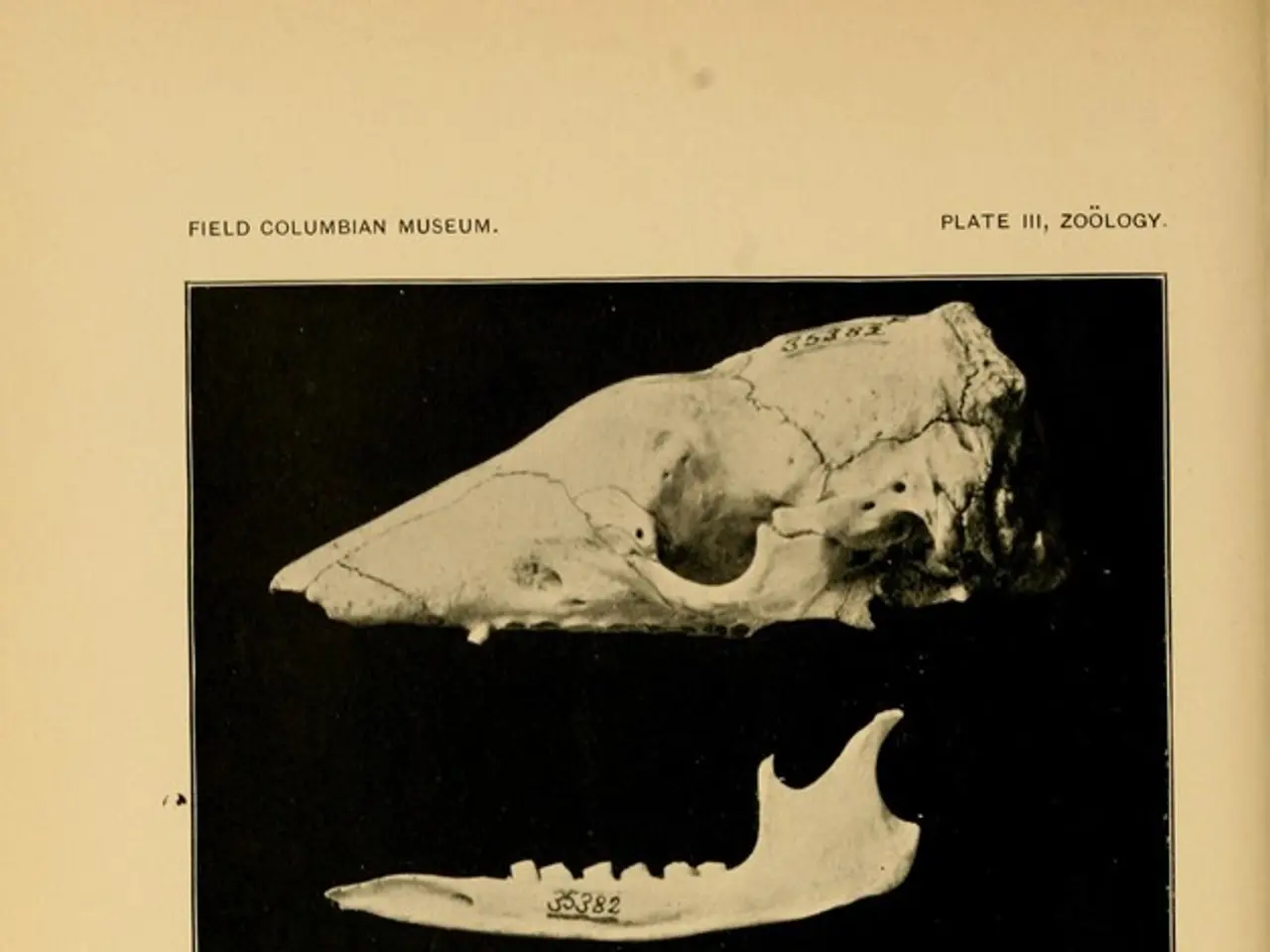Differences, Symptoms, and Treatment of Osteoarthrosis vs. Osteoarthritis
Osteoarthritis, often referred to as osteoarthrosis, is a common degenerative joint disease that affects millions worldwide. This condition, characterised by the breakdown of joint cartilage and underlying bone, is the primary focus of this article [1][2].
Both terms, osteoarthritis and osteoarthrosis, essentially refer to the same condition. Osteoarthritis is the more commonly used clinical term, while osteoarthrosis emphasizes the degenerative changes in joint cartilage and bone. Despite their slight differences, they are interchangeable and carry the same meaning [1][2].
Distinguishing osteoarthritis from arthritis involving inflammation is crucial. While osteoarthritis is a non-inflammatory condition, there are inflammatory forms of arthritis like rheumatoid arthritis and juvenile idiopathic arthritis.
Symptoms of osteoarthritis include pain and aching in a joint, stiffness, decreased range of motion or flexibility, and swelling. As the damage progresses, these symptoms may intensify, leading to muscle weakness and the development of small bony growths called osteophytes or bone spurs.
Unlike osteoarthritis, inflammatory arthritis can present with symptoms such as swelling, tenderness, and warmth in joints, morning stiffness, skin rashes, eye inflammation, hair loss, dry mouth, and fever.
Treatment for osteoarthritis may involve increasing physical activity, physical therapy, weight loss medications, supportive medical devices, and surgery, depending on the severity of the condition.
Risk factors for osteoarthritis include joint overuse or injury, age, sex (women after 50 are more likely to develop osteoarthritis than men), and a family history of the condition.
It's important to note that there is no cure for osteoarthritis, and treatment primarily focuses on symptom management and preventing its progression.
Exercise is the best non-medicinal treatment for controlling pain and improving range of motion with arthritis. In the morning, joints may feel stiff, but with movement, this stiffness usually subsides. Pieces of cartilage can break off and float freely in the joint space, causing additional pain and damage.
In conclusion, understanding the differences between osteoarthritis and inflammatory arthritis is crucial for accurate diagnosis and effective treatment. Regular exercise, a balanced diet, and maintaining a healthy weight can help manage symptoms and prevent further damage.
[1] Arthritis Foundation. (2021). What is osteoarthritis? [online] Available at: https://www.arthritis.org/diseases/osteoarthritis
[2] Mayo Clinic. (2021). Osteoarthritis. [online] Available at: https://www.mayoclinic.org/diseases-conditions/osteoarthritis/symptoms-causes/syc-20356105
- In the realm of health-and-wellness, science continues to explore contextual differences between osteoarthritis and other medical-conditions, leveraging research to enhance understanding and treatment strategies.
- Paxlovid, while primarily a COVID-19 treatment, is not associated with osteoarthritis or other joint pain, unlike certain medications that can exacerbate chronic diseases such as osteoarthritis.
- Aside from osteoarthritis, arthritis can also manifest as otherpain in the joints, with inflammatory forms causing symptoms such as swelling, tenderness, and warmth in joints, morning stiffness, skin rashes, eye inflammation, hair loss, dry mouth, and fever.
- The medical-community often discusses otherjointpain in the context of chronic-diseases like osteoarthritis, Alzheimer's, or other degenerative conditions, highlighting the importance of early detection and preventative measures for maintaining fitness-and-exercise routines and proper nutrition.
- In the context of science's advancements in medical-treatments, retargeting research toward osteoarthritis could potentially lead to breakthroughs in pain management and slowing progression, ultimately benefiting millions affected by this common degenerative joint disease.
- Nutrition plays a significant role in health-and-wellness, and a balanced diet rich in essential nutrients can contribute to the management of osteoarthritis symptoms, reducing inflammation and promoting joint health.




